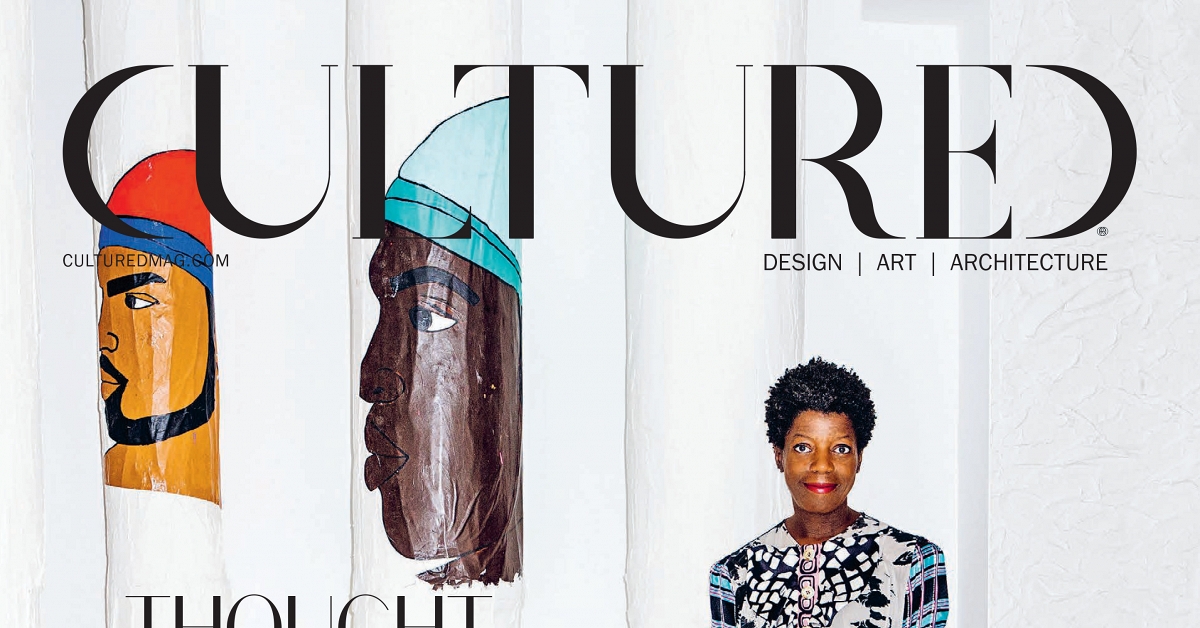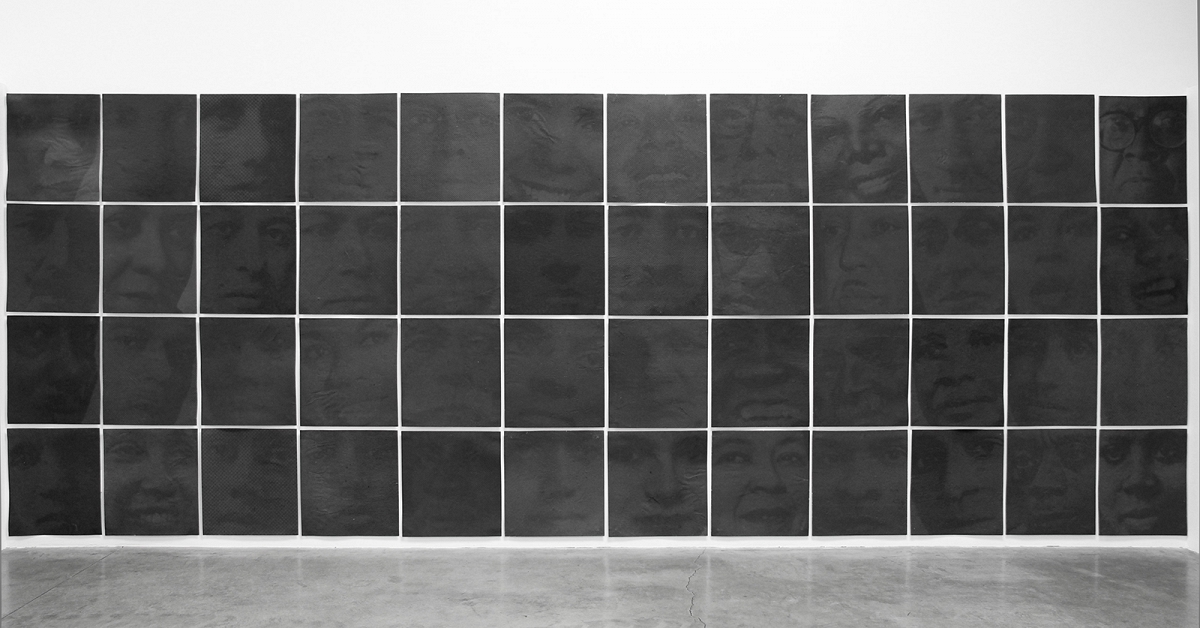Kaveri Raina’s Linger Still, Curated by Emily Burns at Assembly Room
Arte Fuse / May 9, 2019 / by Patti Jordan / Go to Original
Linger Still is Kaveri Raina’s solo debut of recent paintings and drawings at Assembly Room curated by Emily Burns. This exhibition introduces a distinctive visual lexicon that addresses cultural and spiritual content in relation to the artist’s hybrid identity as both Indian and American. Her dual heritage is boldly confronted in works that tap into the dualities in life as well as her inner reality as an immigrant to the United States.
Kaveri Raina’s name is derived from the divine Kaveri River and references the region she inhabited as a child. Her family heritage originates from Kashmir. Located on the border of India and Pakistan, Kashmir is known for its divided history as an ancient center for the development of the spiritual practices of Hinduism and Buddhism and as a disputed territory impacted by warfare.
Such informed experiences enable Raina to frequent the fine lines between the bordered and the borderless in her work. One way that she pictorially achieves this is by negating the sole use of support structures; the majority of her paintings are either draped or unframed, prioritizing unrestricted approaches to presentation. Furthermore, a loose, organic assimilation of form and paint is expressed in her ability to resist the tendency for any blatant seduction of surface – there are no formal cliches. This is largely accomplished through poured and painted bleeds of what looks like flat house paint but in actuality is acrylic, onto thick substrates of jute canvas. Raina also paints on both sides of the canvas and pure pigment exists alongside its ghosts, or half-tones, created by the bleeding or seepage to the other side. Reminiscent of burlap sacks containing aromatic spices widely seen in India and Pakistan, this unique material recalls Raina’s childhood. Ambiguous references to human and animal fragments are invoked on these stained and mottled surfaces in addition to other natural phenomena, such as fruit and plant life. A melting pot of sorts, this cornucopia playfully conflates the genres of still life and figure painting complete with an added dash of abstract expressionism.
Although Raina consistently employs an uplifting, sacramental palette of yellows and reds in this series, bifurcate implications of doom and gloom are equally inserted through solid, dark patches of muted brown and maritime blue, seen in Vortex to Hover II. Within the push-pull between flat and illusory space, a portal is induced by charcoal lines that are drawn repeatedly over paint in circular motions, creating depth. Iconic in form and reductive in color, the composition absorbs one into a whirl-like inwardness of infinite, mystical proportions. The juxtaposition of a central spatial unity against bodily fragmentation assists in substantiating a perceived deeper space whilst simultaneously disorienting the viewer. Effective use of light augments this experience.
In Sense of Doom, subtle, bleed-like gradations from crimson to charcoal black add visual power to the gloomy frontal silhouette that is complemented by the adjacent saturated colors, such as yellow and green. Raina not only paints in a yellow the color of turmeric shown here, but is known to rub the spice onto her painted surfaces, re-establishing connections to her Indian roots. In parallel with some of the other works in the show, the painted lines look drawn and the drawn lines, painted. Spiritual associations are further enhanced by the penumbra that is optically created around the dark figure as a result of the gap between sections of flat matte paint and raw canvas.
All in all, these multi-faceted, meditative approaches revealed in the paintings as well as the grid of preparatory drawings back of gallery help one to stay and linger, still with the works. They also deliver the palpable experience promised in the show’s title.
Kaveri Raina’s name is derived from the divine Kaveri River and references the region she inhabited as a child. Her family heritage originates from Kashmir. Located on the border of India and Pakistan, Kashmir is known for its divided history as an ancient center for the development of the spiritual practices of Hinduism and Buddhism and as a disputed territory impacted by warfare.
Such informed experiences enable Raina to frequent the fine lines between the bordered and the borderless in her work. One way that she pictorially achieves this is by negating the sole use of support structures; the majority of her paintings are either draped or unframed, prioritizing unrestricted approaches to presentation. Furthermore, a loose, organic assimilation of form and paint is expressed in her ability to resist the tendency for any blatant seduction of surface – there are no formal cliches. This is largely accomplished through poured and painted bleeds of what looks like flat house paint but in actuality is acrylic, onto thick substrates of jute canvas. Raina also paints on both sides of the canvas and pure pigment exists alongside its ghosts, or half-tones, created by the bleeding or seepage to the other side. Reminiscent of burlap sacks containing aromatic spices widely seen in India and Pakistan, this unique material recalls Raina’s childhood. Ambiguous references to human and animal fragments are invoked on these stained and mottled surfaces in addition to other natural phenomena, such as fruit and plant life. A melting pot of sorts, this cornucopia playfully conflates the genres of still life and figure painting complete with an added dash of abstract expressionism.
Although Raina consistently employs an uplifting, sacramental palette of yellows and reds in this series, bifurcate implications of doom and gloom are equally inserted through solid, dark patches of muted brown and maritime blue, seen in Vortex to Hover II. Within the push-pull between flat and illusory space, a portal is induced by charcoal lines that are drawn repeatedly over paint in circular motions, creating depth. Iconic in form and reductive in color, the composition absorbs one into a whirl-like inwardness of infinite, mystical proportions. The juxtaposition of a central spatial unity against bodily fragmentation assists in substantiating a perceived deeper space whilst simultaneously disorienting the viewer. Effective use of light augments this experience.
In Sense of Doom, subtle, bleed-like gradations from crimson to charcoal black add visual power to the gloomy frontal silhouette that is complemented by the adjacent saturated colors, such as yellow and green. Raina not only paints in a yellow the color of turmeric shown here, but is known to rub the spice onto her painted surfaces, re-establishing connections to her Indian roots. In parallel with some of the other works in the show, the painted lines look drawn and the drawn lines, painted. Spiritual associations are further enhanced by the penumbra that is optically created around the dark figure as a result of the gap between sections of flat matte paint and raw canvas.
All in all, these multi-faceted, meditative approaches revealed in the paintings as well as the grid of preparatory drawings back of gallery help one to stay and linger, still with the works. They also deliver the palpable experience promised in the show’s title.






